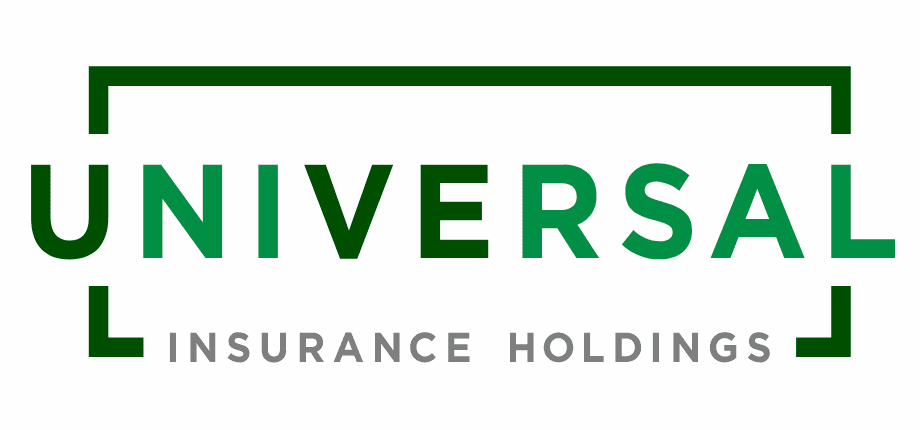Universal estimates roughly $1bn gross hurricane Ian loss

Universal Insurance Holdings, the Florida headquartered primary insurance carrier, has pre-announced an expectation that it will suffer around $1 billion of gross losses after hurricane Ian, with the impact to fall well within its reinsurance tower that provides coverage to just over $3 billion.
Universal’s expectation of an approximately $1 billion gross ultimate loss from hurricane Ian does imply significant reinsurance recoveries, with its all states retention fixed at $45 million for first and second events when it renewed its reinsurance tower this year.
So far, Universal said that it has received 18,000 claims from policyholders after hurricane Ian, which so far is around half the total claims it received after 2017’s hurricane Irma.
With more than 800 claims, litigation and support professionals working for the insurer, Universal said it has been able to handle the majority of the deluge of claims after hurricane Ian in-house.
Universal also noted that it has a market share of around 7.9% in the Florida homeowners market, based on the latest Florida residential industry total insured value (TIV) data.
But, with hurricane Ian, the regions worst affected are locations where Universal’s market share is lower, around 3.8% in Charlotte, Desoto, Lee and Sarasota counties, which is where Ian’s most intense winds struck.
The insurer also feels a little less exposed as it only has a 2.2% market share of policies that provide roof and external structural coverage (e.g., landlord and traditional homeowners policies) in those counties, with the rest being renter and condo focused, so interior and contents coverage. The insurer also noted it does not cover flood.
Universal said the projected $1 billion of gross hurricane Ian claims falls “well below its $3 billion overall reinsurance tower, with projected net exposure limited to retentions at its insurance and captive insurance entity subsidiaries.”
CEO Stephen J. Donaghy commented, ““We’re focused on helping our policyholders rebuild and return to normalcy. Our claims, catastrophe response and customer service teams are on the ground and on the phone, helping our policyholders in their time of need. With our dedicated staff, our disaster preparedness planning and conservative reinsurance program, we’re well prepared for this event and maintain substantial reinsurance protection for any subsequent events. We’ve been serving the Florida market since 1998 and have experience across over a dozen hurricanes, including the highly active 2004-2005 seasons as well as recent major catastrophe events, including Hurricanes Irma and Michael in 2017 and 2018, respectively.”
Donaghy provided some additional insights into Universal’s reinsurance tower, as well as its prospects for coverage at 2023’s renewal.
“Our strong reinsurance relationships have been formed over many years and we have access to our share of the FLOIR’s RAP layer of reinsurance coverage for the 2023-2024 renewal given that we deferred participation this year, on top of significant multi-year excess of loss catastrophe coverage that is part of next year’s program,”
When the Florida legislature put the RAP fund reinsurance facility in place, it was envisaged as a way to help insurers afford their reinsurance costs last year.
But, as it turns out, the real value in the RAP fund is likely to be in helping insurers after a major loss event, as affordability of reinsurance is set to be even more challenged at the June 2023 renewals.
At its 2022 reinsurance renewal, Nephila Capital, the ILS fund manager owned by Markel, was again a lead market for Universal, while RenaissanceRe, Munich Re, Chubb Tempest Re, Everest Re and Lloyd’s of London syndicates were all cited as significant participants in the program as well.
Importantly for Universal, $1.14 billion of first-event limit procured at the 2022 renewals will automatically reinstate to provide protection in multi-event scenarios after Ian, with reinstatement premium protection in place for all of its private layers of reinsurance below the FHCF.
The company also has $383 million of multi-year catastrophe reinsurance capacity sitting below the Florida Hurricane Catastrophe Fund for UPCIC, with contractually agreed limits that extend coverage through the 2023 wind season, $277 million of which extends through the 2024 wind season.
While on a first event basis, Universal Insurance Holdings (UIH) provides its carrier Universal Property and Casualty Insurance Company (UPCIC) with layer one coverage, using a captive arrangement.
Of course, Universal’s UPCIC carrier also has the Cosaint Re Pte. Ltd catastrophe bond in place to provide one limit of $150 million of reinsurance against US named storm losses.
The Cosaint Re cat bond had an attachment point at just over $1.1 billion of losses, for the first annual risk period. We don’t know how that might have been reset for this year.
As we explained in our article earlier this week where we detailed some of the cat bonds considered at-risk after hurricane Ian, the Cosaint Re cat bond notes had been marked down for bids as low as between 5 and 15 cents on the dollar, which implied a market expectation that they could attach and there could be a loss for holders of the notes.
As a result, it will be interesting to see if the price changes after this announcement by Universal. With its early gross loss estimate pegged at $1 billion, it seems perhaps the price won’t move much at this time.
Read all of our coverage of hurricane Ian, and our analysis on the potential market losses, here.






